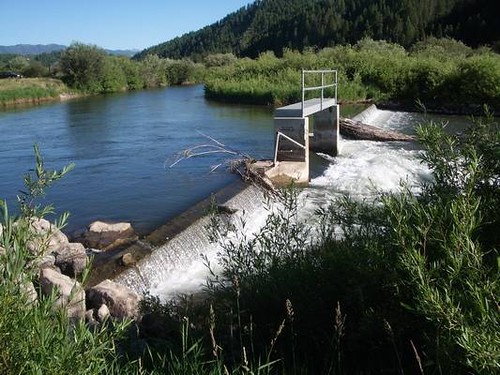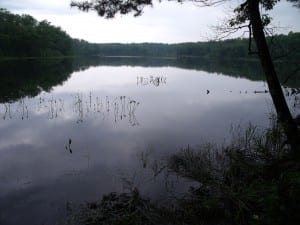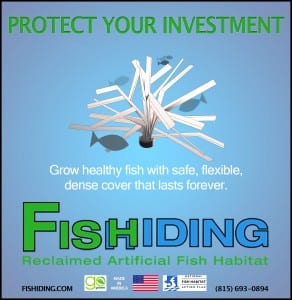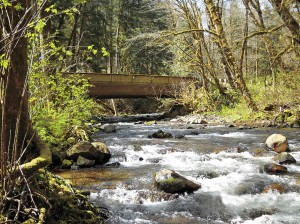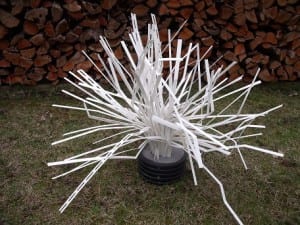
Removal of carp from Lake Puckaway to improve fish habitat got off to a good start last year after a massive game fish kill on the lake in 2009 halted the carp project for a year.
A little over one million pounds of carp were taken from the lake starting in November of last year by a commercial fishing business — the La Crosse based Monsoor Fishing Company, which sells the carp to fish distributors. See the dozens of unique artificial fish habitat models, fish attractors and fish cover used at fishiding.com, the leader in science based, proven, fish protection.
The Wisconsin Department of Natural Resources has renewed the company’s contract for this year to continue its carp removal efforts from Lake Puckaway located west of Oshkosh in Green Lake County.
The possibility exists that upwards of four to five million pounds of carp could be removed from the lake in the next few years in continuing efforts to clean up the invasive species and provide a better habitat for game fish.
Officials from the DNR said so far they’re also pleased with the Monsoor Fishing Company and its efforts to remove carp.
“We’ve been working with them and they’re taking out a good number of carp,” said Dave Bartz, a DNR fisheries biologist in Wautoma. “They have good equipment and are experienced and professional.”
It was a much different story two years ago when an Ohio man and his crew workers committed a huge blunder while removing carp from the lake.
Ron Bruch, DNR fisheries supervisor in Oshkosh, said they didn’t properly handle the carp removal and as a result there was a pretty substantial killing of game fish, including a sizeable number of walleye.
“They killed about 10 percent of the walleye stock. It didn’t have any measurable effect on the fisheries, but we would have preferred the walleye still be in Lake Puckaway,” Bruch said.
Timothy J. Smith of Swanton, Ohio, who had the contract to remove the carp, pleaded no contest to three counts of unlawful possession of fish and two counts of possessing illegal fish in Green Lake County Circuit Court in September of 2010.
He entered into a deferred prosecution agreement on a felony charge of violating fish dealing rules. A Jan. 17 motion hearing has been scheduled to possibly revoke the agreement for failure to make payments on fines levied for the violations.
The fish kill came to light on Nov. 27, 2009 when a shoreline property owner reported seeing piles of dead fish along the shore in the town of Marquette. DNR agents went to the scene and found thousands of dead fish. The number of game fish, which included highly prized walleye, white bass and northern pike, was estimated at more than 3,300.
Their value was placed at $8.75 each, according to a criminal complaint.
The fish became stressed and many of them died when Smith failed to remove the game fish from his carp nets as required.
Carp studies underway
A major theory behind the carp removal is to improve the habitat so game fish can thrive on Lake Puckaway.
Bruch said carp mess up water clarity by rooting up vegetation beds, which destroys habitat the game fish population needs to be successful and stable.
“We’re hoping to remove some of the carp so the habitat will be less influenced by carp left there,” Bruch said.
Phil Malsack, chairman of the Lake Puckaway Protection and Rehabilitation District, said not only will game fishing improve on the lake with fewer carp, but is also a plus for water fowl, including Forster’s Tern, who nest on the lake in what he called “floating mats of vegetation.”
“With fewer carp there will be more vegetation and expand the opportunities for terns to nest,” Malsack said.
Bruch said attempts have been made to remove carp on Lake Puckaway and other area waters for about 100 years, but with no lasting results so far.
Bruch said the current carp management strategy on Lake Puckaway is much more than taking fish out of the water. He said the DNR is doing additional monitoring and studies of carp in partnership with the Lake Puckaway Protection and Rehabilitation District.
Bruch said the Lake Puckaway group provided $7,000 for sonic telemetry tags surgically embedded into 20 carp from Lake Puckaway this past November. He said the tags should help define where carp call home and how fast they grow and die.
“We’re trying to define the stock size of the carp and to figure out the home range of the carp and do they move long range,” Bruch said. “We want to know just what are the dynamics of the carp population in Lake Puckaway.”
He said the tags should also allow DNR personnel to build mathematical models to see what level carp can be removed to negatively impact their population long term.
“Understanding the fish better will provide critical insight into whether carp removal will ever be effective,” Bruch said.
Carp sold for consumption
Jedd Monsoor, who operates the Monsoor Fishing Company with his father, Tom, said carp from Lake Puckaway range from five to 35 pounds and are sold to fish distributors in the Midwest and east coast, where carp are considered a delicacy.
Monsoor said a mile of netting is placed in the lake and airboats are used to scare fish — from carp to a variety of game fish — into the nets.
“We pick out the game fish and immediately release them back into the lake,” Monsoor said.
Monsoor said the live carp are shipped to fish distributors in semi trucks with tanks of water to ensure freshness and good quality.
Malsack said he’s impressed with the work of Monsoor Fishing Company.
“Thank God, we have somebody decent in there to commercially fish the carp,” Malsack said. “I think they have been doing an exceptional job.”
